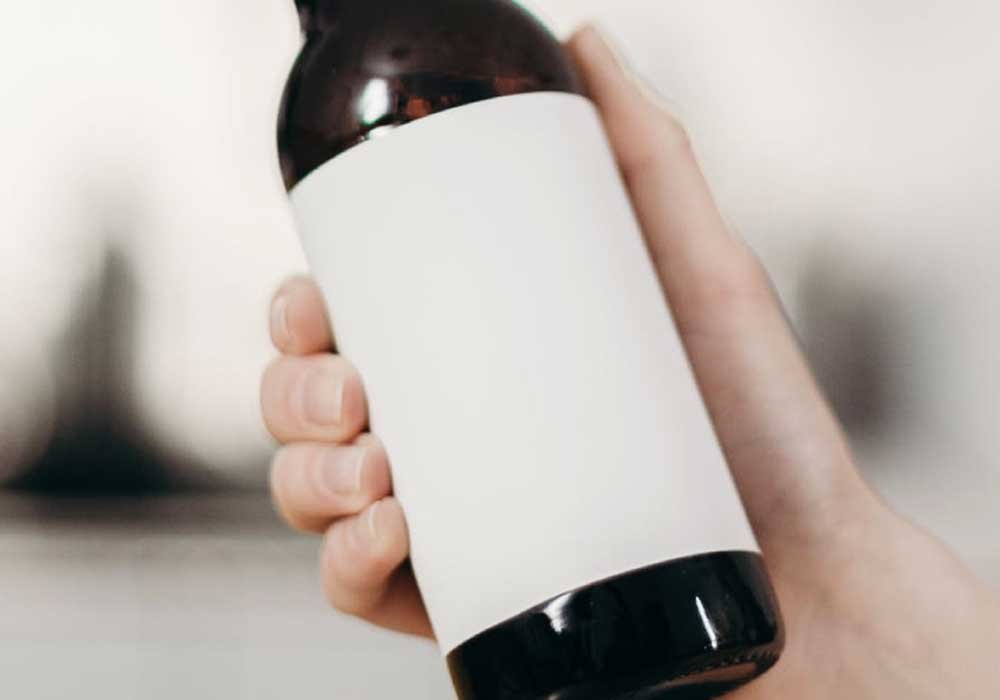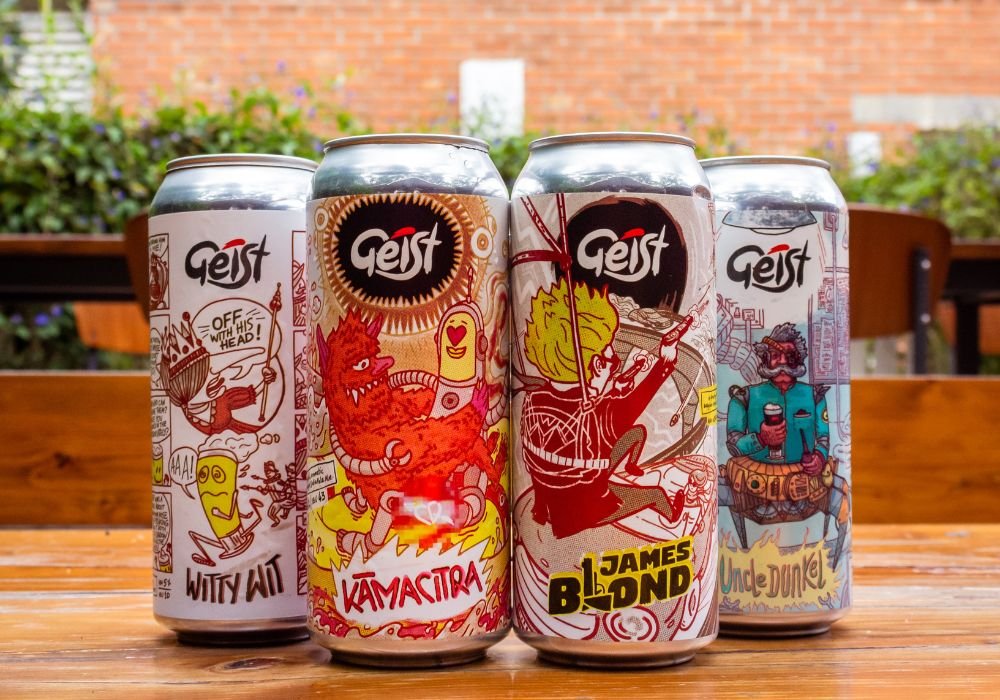How is Non-Alcoholic Beer Made?

Recently, the beer industry has been witnessing a significant rise in the consumption of non-alcohol beers. This could be due to different aspects such as health, diet and prohibition of alcohol consumption where it is forbidden by law. In this article, we review some of the common methods to produce non-alcoholic beers.

The process for making non-alcohol beers is fairly the same where malted barley is mashed in hot water to extract sugars, boiled with hops and then fermented with yeast where sugars are converted into alcohol. Although at later stages, there are a few differences which we will be reviewing below.
Steam Distillation
Post-fermentation, alcohol is removed using steam distillation where beer is heated in the process. As the boiling point of water is much lower compared to that of water, it is easier to remove alcohol from beer. However, steam distillation can also drive-off other fermentation-derived flavours which are essential to beers.

Reverse Osmosis
Reverse osmosis is a more complex and expensive method than steam distillation. Here, all the molecules which contribute to the beer’s flavour and aroma along with alcohol and water are captured by a membrane. At the end, flavour compounds and water are added back to the concentrated beer, leaving behind the alcohol.

Special Yeast Strains
Special yeast strains can be used, which are designed to produce low or non-alcohol beers. This kind of yeast strain only ferments simple sugars from the wort such as glucose, sucrose and fructose but not maltose (majority of the sugars which are derived from malt). Therefore, this yeast cannot produce alcohol beyond 0.5% which classifies it as a non-alcohol beer.
Dilution
Dilution is another method where brewers produce a concentrated beer using a generous amount of malt and hops to brew in a traditional way and dilute it with water until the alcohol percentage drops down to 0.5 or lower.
Out of all the methods we have seen, distillation is the most common process. Brewing non-alcohol beers takes up more effort than the one’s which are brewed traditionally. Brewers are working hard to produce non-alcoholic beers which taste as good as the regular beers.
Source:
Craft Beer



